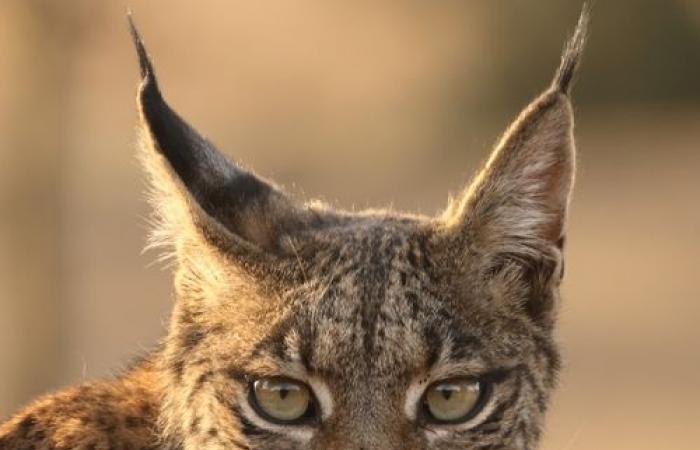“As the IUCN Red List of Threatened Species celebrates its 60th anniversary, its relevance as the most comprehensive source of information on the state of global biodiversity is critical to the future of the planet. YesIt is an essential tool for measuring progress towards halting nature loss and achieving global biodiversity goals for 2030. The improvement in the status of the Iberian lynx on the Red List demonstrates that successful conservation works for both “wildlife and communities”said the Dr. Grethel Aguilar, Director General of IUCN.
The conservation status of the Iberian lynx (Lynx pardinus) has improved from Endangered to Vulnerable, with the population increasing exponentially from 62 mature individuals in 2001 to 648 in 2022. Today, the total population, including young and mature lynxes, is estimated at more than 2,000 individuals. Conservation efforts for this keystone species have focused on increasing the abundance of its prey, the European rabbit (Oryctolagus cuniculus), Endangered, protect and restore Mediterranean shrubland and forest habitats, and reduce deaths caused by human activities. Increasing the genetic diversity of the species through translocations and a breeding program ex situ has been key to increasing the number of specimens. Since 2010, more than 400 Iberian lynx have been reintroduced to parts of Portugal and Spain. The Iberian lynx now occupies at least 3,320 km2an increase from 449 km2 of 2005.
However, the Iberian lynx remains threatened, mainly due to possible fluctuations in the European rabbit population in the event of new viral outbreaks. The Iberian lynx is also susceptible to diseases of domestic cats. Poaching and road kills remain threats, especially when high-traffic roads cut through lynx habitat. Habitat alterations related to climate change are also a growing threat.
“This success, the largest recovery of a feline species achieved through conservation, is the result of a committed collaboration between public agencies, scientific institutions, NGOs, private companies and community members, including local landowners, farmers, rangers and hunters, with the financial and logistical support of the LIFE Project of the European Union“, said Francisco Javier Salcedo Ortiz, Coordinator of the LIFE Lynx-Connect project, who led the conservation measures for the Iberian lynx. “There is still much to do for Iberian lynx populations to survive and for the species to recover throughout its indigenous range. Looking to the future, we plan to reintroduce Iberian lynxes in new sites in central and northern Spain”.
In its first assessment of the Green Status of Species, the global standard that allows measuring species recovery and assessing conservation impact, Iberian lynx populations appear as Largely Depleted. However, the species’ high Conservation Legacy reflects the impact of conservation efforts to date, and “sufficient suitable habitat remains for the species to reach Full Recovery status within 100 years, assuming efforts of conservation continue with maximum effectiveness.”






